- Shailputri – daughter of the moutain King Himavan
- Brahamcharini – one who practices devout austerity
- Chandraghanta – she has a half moon in her forehead
- Kushmanda – the creator of the universe
- Skanda Mata – mother of Skanda or Lord Kartikeya
- Katyayani – daughter of sage Kata
- Kaalratri – destroyer of darkness and ignorance
- MahaGauri – radiates peace and compassion
- Siddhidatri – grantor of wishes to Her Bhaktas.
We GSB’s observe this festival with great devotion ! As mentioned earlier there are some slight variations in the way we celebrate in Kerala & in Karnataka . Will discuss both the ways .
For GSB’s in Kerala on the first day called Navarathna Padvo – women take the ritual bath early morning . then after cleaning the puja room decorate it with flowers an light the lamps . Then the “Shreyapatra” or Sri Bhaan is emptied of the previous year’s rice , cleaned , decorated with mango leaves , sandalwood paste & kumkum . then at the auspicious time mentioned in the temple – it is filled with fresh raw rice , closed with a lid and a coconut with a tuft of fibre ( shendi ) and a veedo ( betel leaves with a betel nut ) is kept on it ..This is done only once in a year ..if not done on the first day – it can be done on Mahanavami day( ninth ) . For this year – 2016 the auspicious time is – 1st October morning 10:17am to 11: 17 am . Another small vessel filled with rice is also kept in the puja room for Saraswati Devi . Navadhanya (nine varieties of dhanya – Moong , Chevli (alsande ) , Rice , Chono , Wheat , Pigeon peas ( Toor/ thuvar ),Kulith , til & Urad ) are kept in nine small cups ( katoris ), fruits & flowers are arranged in front .One Dhanya each of the afore mentioned list is used to make prasads each day ! Those kept in the bowls are used to make upkaris or sweets after the festival is over . .please read more about it here
In some homes they arrange clay dolls on a step wise manner in an attractive way. – these include dolls of various Gods & Goddess , animals , people etc,
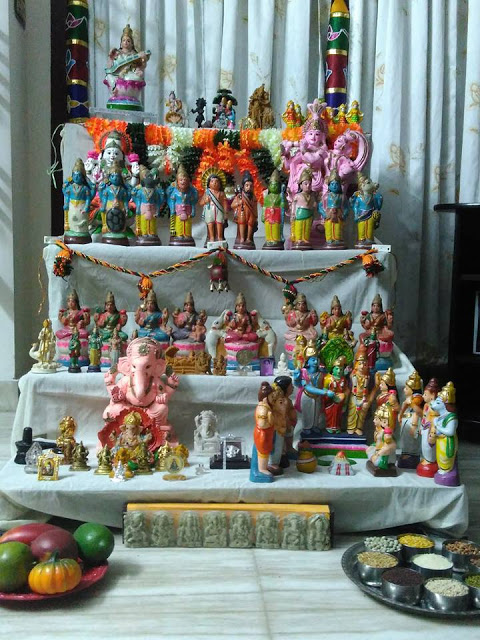 |
| Pic courtesy – Saranya S Pai
For all these nine days in all homes married women and young girls are invited to participate and sing bhajans ,then veedo with banana , haldi , kumkum , red silk thread , glass bangles , flowers , a saree or blouse piece and other fancy items too are given to all ladies . Prasad is also offered . Prasad is usually any pulses upkari for the nine days except for Shashti day when “sottu”is made . Also for Durgashtami Udida Ghari and for Mahanavami day – Chonya dali upkari is made !
|
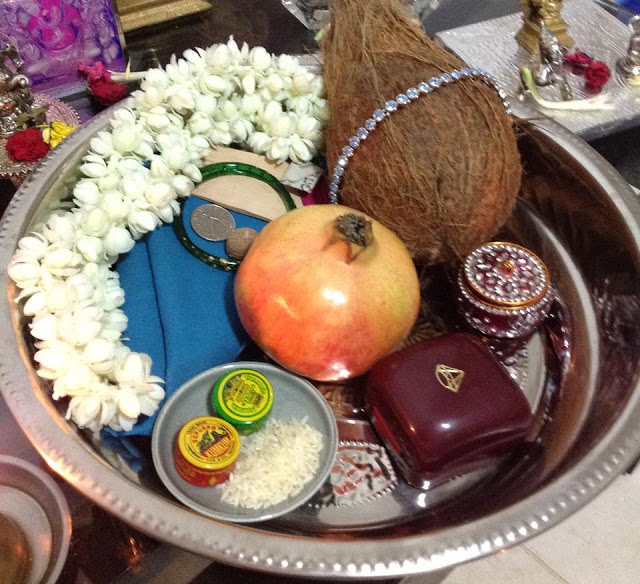 |
| pic courtesy – Sabitha Shenoy |
On Mahanavami day all important books including children’s study books , ledgers , also Scriptures , Musical instruments , professional tools, household knives are kept in front of Goddess Saraswati and pooja performed . Some keep these in their local temples on Durgashtami day itself . Children enjoy this as till the pooja is over the next day , they are not supposed to read or write . On Vijayadasami day , pooja is performed and aarti waved to all the items kept for pooja . After which the small bowl of rice kept is poured on a plate and all write ‘Om Sri Ganapataye Namaha ” with their fingers .children are asked to read & write and instruments to be played , After which prasad is had . One doll is laid down to mark the end of the festivities . Also young children are initiated into the world of letters on this auspicious day – called “Vidyarambh “. they are made to sit on the lap of an elder in the family or the father or purohit and helped to write ‘Om Sri Ganapataye Namaha ” !
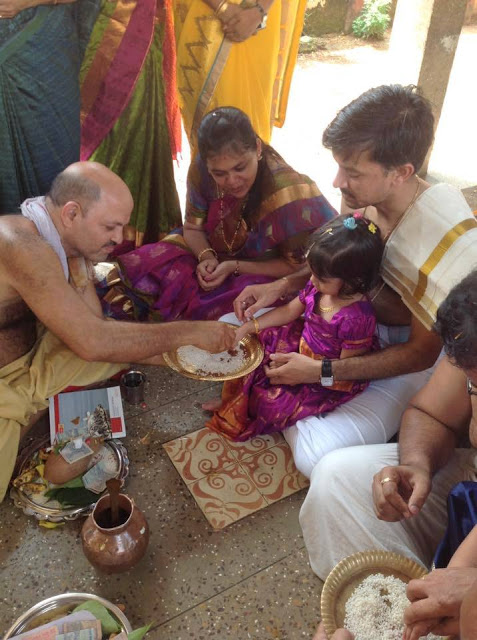 |
|
pic courtesy –Latha J Kamath
In some families all the celebrations of Navaratri is done at their Kuldeva temples . the whole family members gather at the temple and witness the poojas done in the morning & evening . Daily alankaars of the deity in different colours each day is done and members partake of the prasad . Also Saraswati pooja is done at their temple only .
pics courtesy – Latha J Kamath
|
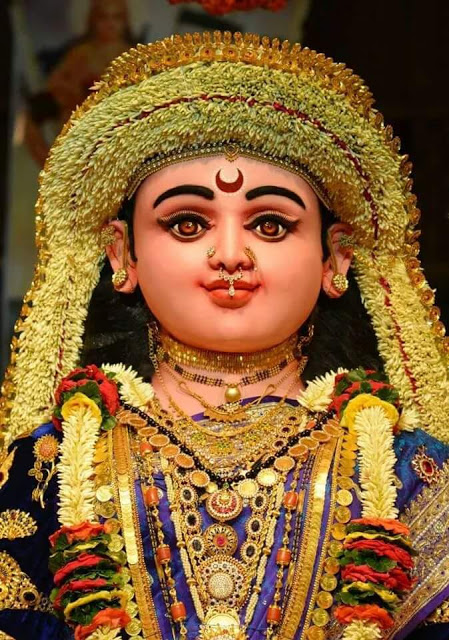 |
| Pic courtesy – Padmini Kamath
As the auspicious Navaratri starts, the “tandla madki or arasali” is cleaned and decked with flowers and religious symbols.Then the rice with husk called kanas is brought from temple (the date is as per the temple panchang) and tied to the tandla madki and the new rice from kanas(a few) is mixed with rice and used to prepare kheeri or any sweet on the day the Mhanami is celebrated. Pooja is performed and parayanas are recited either by a family priest or any elder member of the family. Immediate family members and extended family members are invited.
|
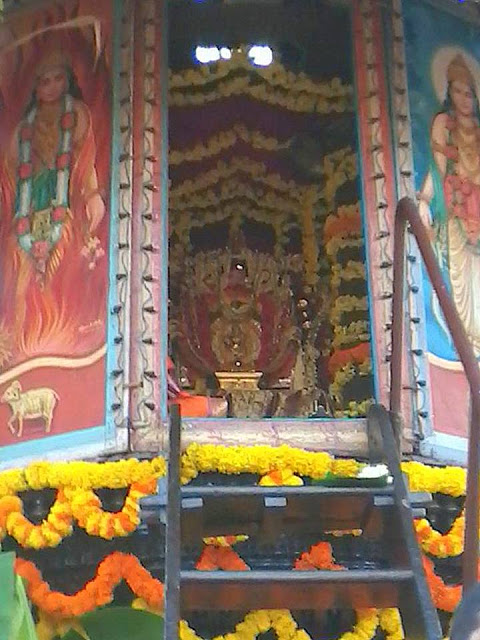 |
| pic courtesy –Veena Nayak
Samoohik Divli pooja is also conducted. A lamp is lit by the purohit /bhatmam or elderly lady of the group and they read out Lakshmi Stotras,Namavalis and others repeat while offering flowers to the lamp. .Kumkumarchane is also done. Some invite friends home to read lalitha sahasranama,lakshmi sahasranam etc. Few light ghee lamps during navarathri at home and prepare only saatvik food for all the 9 days.In some parts the custom of keeping bomma kolu is also followed and various types of dhanya upkaris is prepared everyday to be distributed to all . There is a custom of Vidyaarambh ( also called “Aksharabhyasa ) in many temples or kuldevta temples where a special pooja is performed on any one of nine days or as per the date informed by the temple committee ,The tiny tots in the family are made to write on rice and blessings seeked from the deity and the priests..This is the first step towards his/her education and then the kids are admitted to schools or playschools. In most homes on Mahanavami day – childrens books ,business ledgers and other articles are kept and Saraswati pooja performed. Weapons and vehicles are also decked with flowers and offered pooja. On Vijaya dashmi day new rice and sheaves of paddy which is got from the temple is brought home and kept near the tulsi plant , aarti is waved and the senior male of the family keeps it on his head and brings it inside the house .This then is tied along with a mango leaf and a jack fruit leaf and tied to entrance of house, deva mantapa, almirah , to the kheeri vessel to be used on that day,and to the copper bhann kept in deva kood ( pooja room),the new rice from the temple is used in rice and kheer prepared for the feast on that day along with Ghashi, valval, sasam ,phodi, cheppi kheeri,paysu, thousali (recipes for all these dishes can be found in this blog ). This Nave jevan or Navanna means using of seasons first crop of vegetables like thoushe,maddi,yam etc .This jevan is also traditionally done according to their kuldevu day – for example for mahalasa narayani it is shashti, In south kanara many families celebrate together in their ancestral house .The Devi ‘Durga Sapthashati is read on Navrathri days and last day a mangal pooja is performed, inviting ladies and giving them kumkum with veedo or vonti. In Mangalore,udupi side Goddess Saraswati moorti is brought on moola nakshatra and pratishtha is performed keeping the idol for 5 days. Chandika havan ,akshrabhyas ,tulabhaar are performed at the devasthanams ,On Shravan nakshatra the vigraha is taken on grand procession and then immersed in temple lake. |
 |
| pic courtesy –Veena Nayak |
From Vijayadashami onwards in all GSB temples irrespective of Cochin and Mangalore “Pashchim Jagoru” Or “Hari Jagara Puja” begins. Because Lord Vishnu is believed to live in Thulasi from that day onwards till thulasi puja or Utthana Duvadashi.
Note –
The Navdhanya can be any of the following legumes – Brown cow peas/black eyed pea , ,White black eyed pea , Brown channa ,Green gram , Bengal gram ,White or Green peas , White channa , Peanuts , Horse gram , Rajma , Black Urad etc .Also rice , wheat , til to be kept !
Bhaan Bhorche
As per request of many adding here the Bhaan bhorche ritual .. have added as a separate post – https://kkaj.in/2020/10/21/shri-bhaan-bhorche-veedhi/,
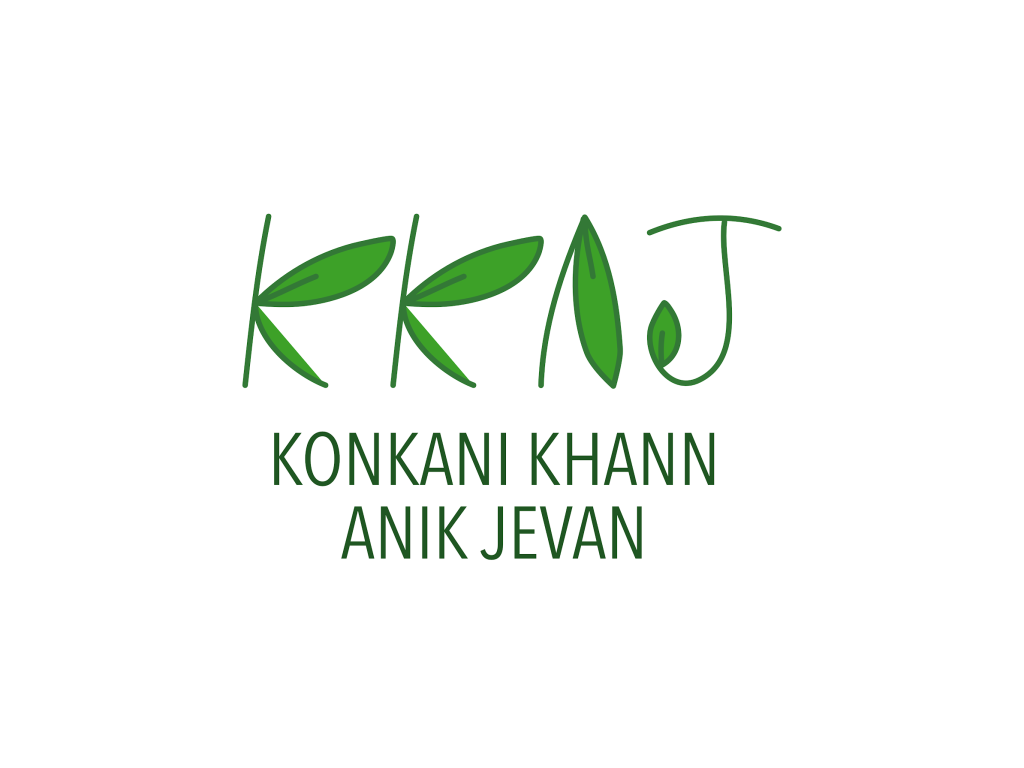


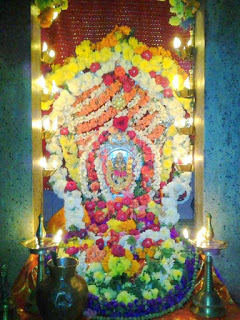
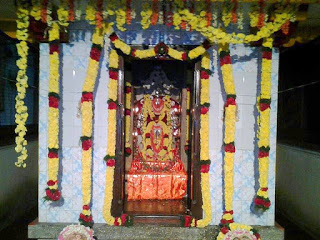
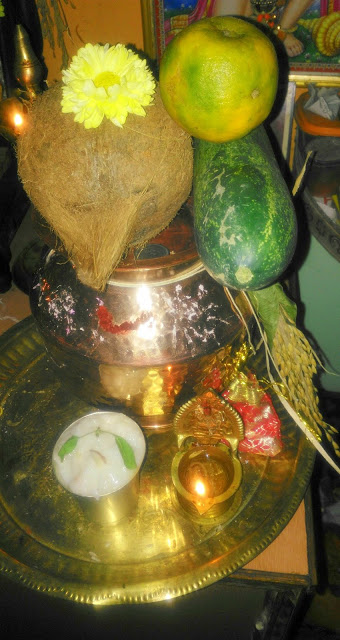
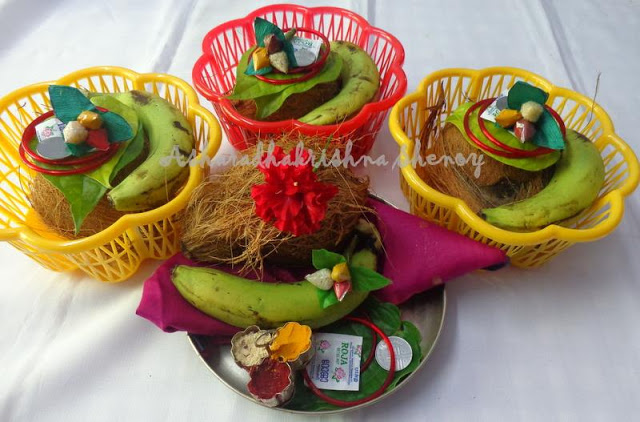
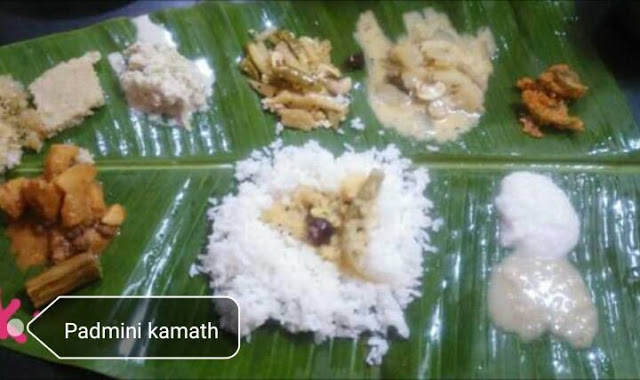
Leave a comment